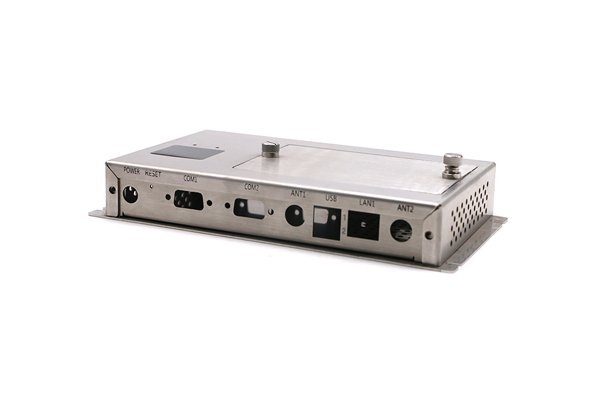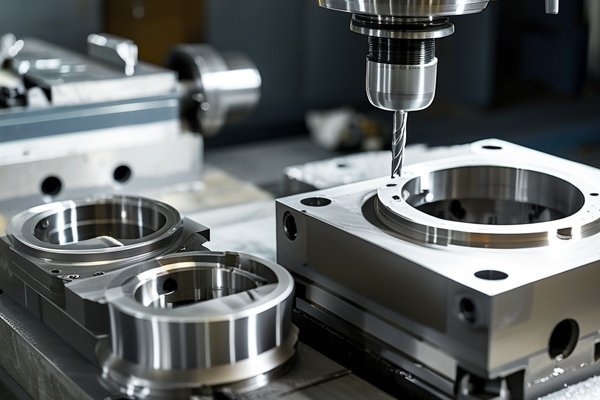Did you know that the precision of CNC (Computer Numerical Control) machining can dramatically influence the surface properties of a variety of materials? In today’s fast-paced manufacturing environment, understanding the relationship between CNC machining and surface characteristics is crucial for engineers and manufacturers striving for the highest quality products. The surface properties—ranging from roughness to hardness and finish—play a pivotal role in the functionality, durability, and aesthetic appeal of machined components.
In this comprehensive blog, we will explore the intricate connection between CNC machining and surface properties. We will delve into the various ways the CNC machining process impacts materials, outlining effective techniques for optimizing outcomes and ensuring quality. Whether you are a seasoned engineer, a manufacturing professional, or someone new to the world of CNC machining, you will find valuable insights that can enhance your understanding and operations.
The Basics of CNC Machining and Surface Properties
Before we plunge into how CNC machining affects surface properties, let’s briefly review what CNC machining is. CNC machining involves the use of computer-controlled machinery to remove material from a workpiece, creating a desired shape or design. This process allows for high precision and repeatability, making CNC machining a preferred choice in many industries, including aerospace, automotive, and medical device manufacturing.
Understanding Surface Properties
Surface properties refer to the features of a material’s surface that influence its performance and behaviors. These properties include:
The interdependence between CNC machining processes and these surface properties can significantly affect the performance, durability, and aesthetic qualities of machined components.
The Effects of CNC Machining on Surface Properties
How CNC Machining Influences Surface Roughness
One of the most significant effects of CNC machining is on surface roughness. The choice of machining parameters—such as speed, feed rate, and tooling—affects the finish quality. For example:
Techniques for Optimizing Surface Roughness
To achieve the desired surface finish, consider implementing the following strategies:
Impact on Hardness During CNC Machining
The machining process can alter the hardness of certain materials. Factors include:
Techniques to Control Hardness
To avoid unintended changes in hardness, follow these tips:

CNC Machining’s Role in Corrosion Resistance
The surface conditions post-machining can significantly impact a material’s susceptibility to corrosion:
Enhancing Corrosion Resistance
To enhance the corrosion resistance of machined components:
Surface Topography and Adhesion
The surface finish of machined components plays a crucial role in adhesion properties. A finer surface texture typically improves adhesion, while rough surfaces can create a less uniform bond.
Techniques for Optimizing Adhesion
To enhance adhesive properties:
The Importance of Surface Property Optimization in Manufacturing
Manufacturers must recognize the key role of surface properties in the overall performance of machined components. Poor surface quality can lead to part failure, increased wear, and a reduction in product lifespan, leading to costly repairs and replacements. On the other hand, optimizing surface properties can result in higher performance, greater customer satisfaction, and enhanced market competitiveness.
Advanced Techniques in CNC Machining
Multi-axis CNC machining offers the ability to achieve complex geometries with intricate surface finishes. By utilizing additional axes, manufacturers can achieve tighter tolerances, customize surface finishes, and reduce the need for secondary operations.
Adaptive machining techniques adjust machining parameters in real-time based on feedback from the machining process. This proactive approach ensures optimal surface quality, prolongs tool life, and reduces production time.
Integrating robotics into CNC machining can streamline production, maintain consistency in surface quality, and enhance the ability to carry out complex processes.
In summary, the influence of CNC machining on surface properties is multifaceted and pivotal to the manufacturing process. From surface roughness and hardness to corrosion resistance and adhesion properties, each aspect significantly impacts the final product’s performance, lifespan, and reliability. By adopting advanced techniques and optimizing machining parameters, manufacturers can enhance the quality of their components, resulting in more robust, efficient, and market-ready products.
This blog has highlighted the importance of understanding the relationship between CNC machining and surface properties in achieving superior manufacturing outcomes. Consider these insights in your operations to not only improve your product quality but also to enhance your competitive edge in the market.
As the manufacturing landscape continues to evolve, keeping abreast of such technical knowledge is crucial for anyone involved in CNC machining. Take these learnings to heart—improving surface properties through effective CNC machining practices may just be the key to delivering innovative solutions in your field.






